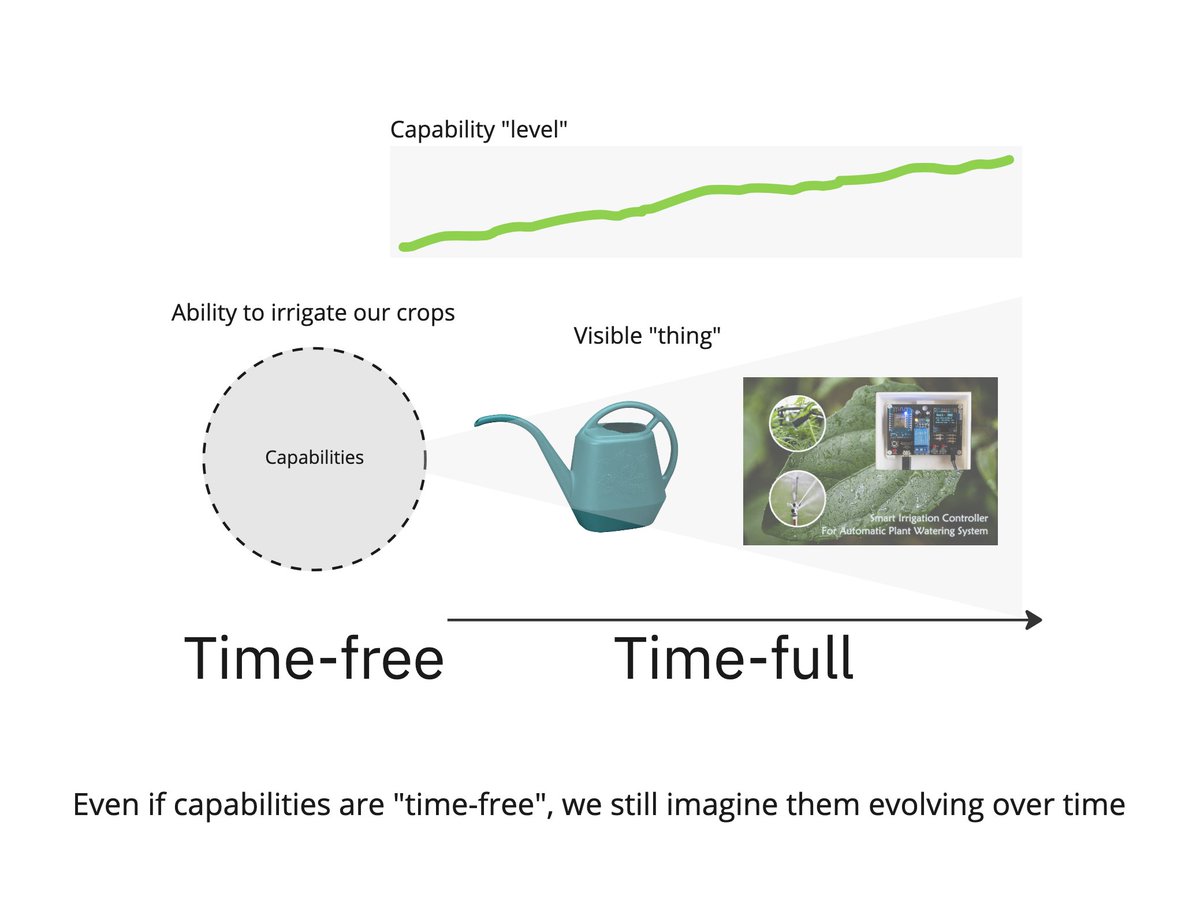Here's a trap I always fall into (and I see others fall into).
Are you an:
A: Advocate for a certain meta-approach/process
vs.
B: Advocate/detractor for a specific idea
Without being careful, you can seem like B even if your focus/passion is A. This happens to #design...(1/3)
Are you an:
A: Advocate for a certain meta-approach/process
vs.
B: Advocate/detractor for a specific idea
Without being careful, you can seem like B even if your focus/passion is A. This happens to #design...(1/3)
...a ton. Most #designers I know are passionate about the overall approach to design (A). Yet they juggle that with sometimes having a horse in the race (B) or people not believing in A.
The problem? It is easy to be pigeonholed as B. Or for B to be confused with A. This..(2/3)
The problem? It is easy to be pigeonholed as B. Or for B to be confused with A. This..(2/3)
So what is the answer?
You have to be extremely, extremely deliberate. Being B is not bad! You actually cloud that with juggling A and B. Being A is not bad either. But easily confused.
So communicate very deliberately and double-check understanding. (3/3)
You have to be extremely, extremely deliberate. Being B is not bad! You actually cloud that with juggling A and B. Being A is not bad either. But easily confused.
So communicate very deliberately and double-check understanding. (3/3)
• • •
Missing some Tweet in this thread? You can try to
force a refresh















